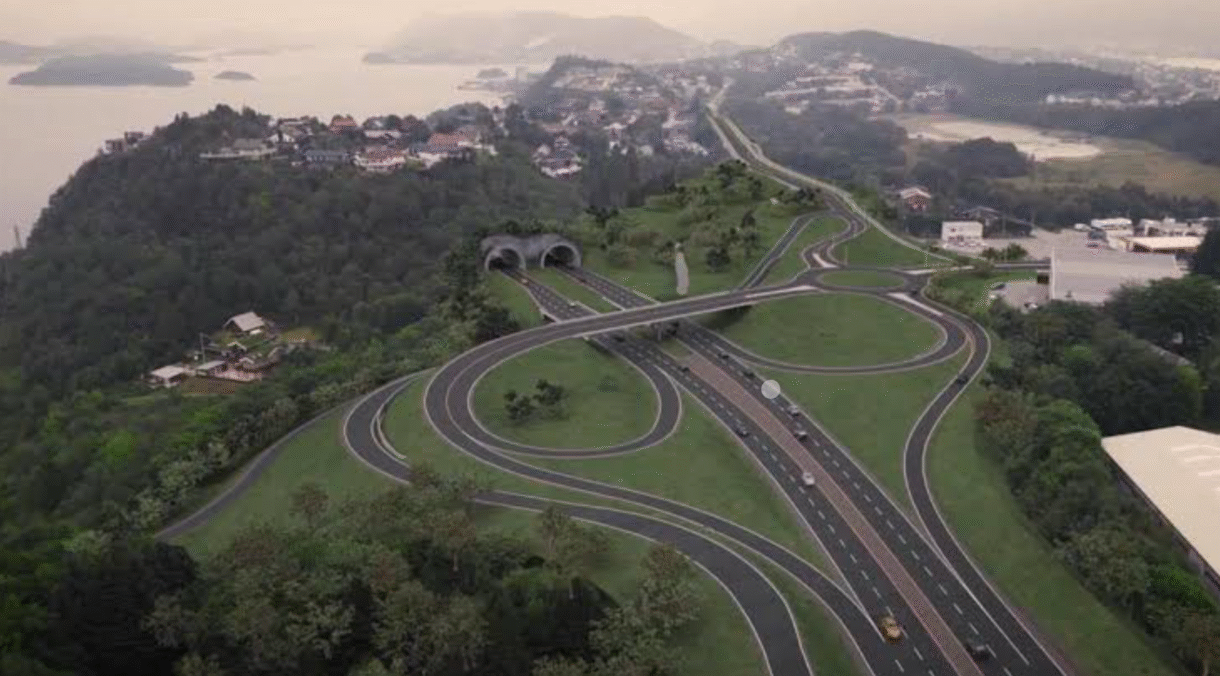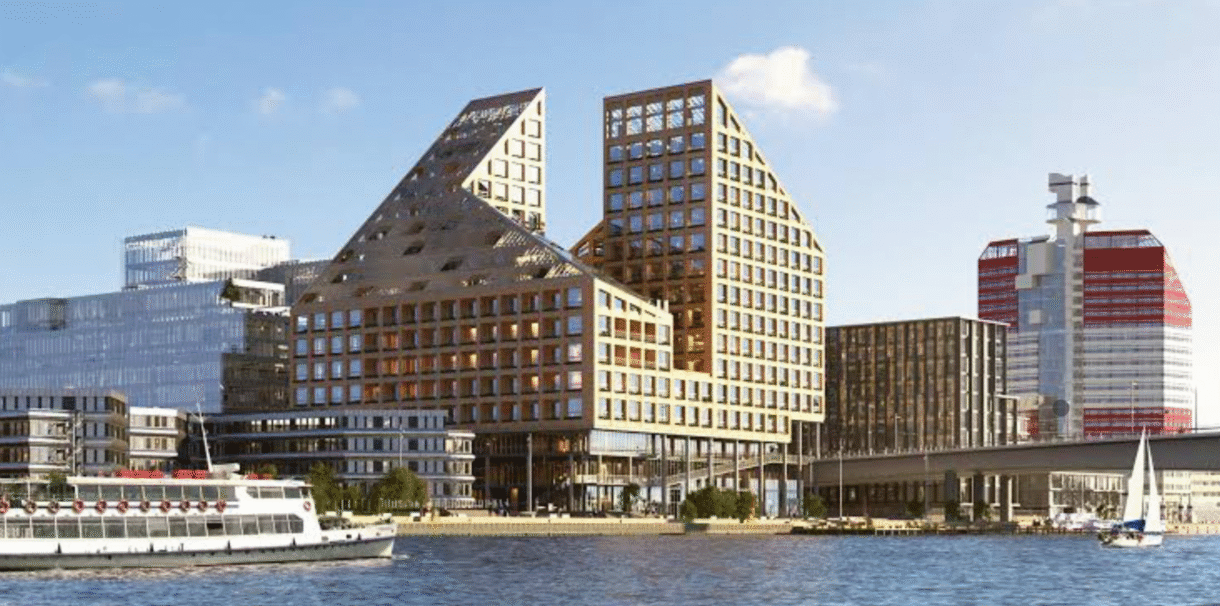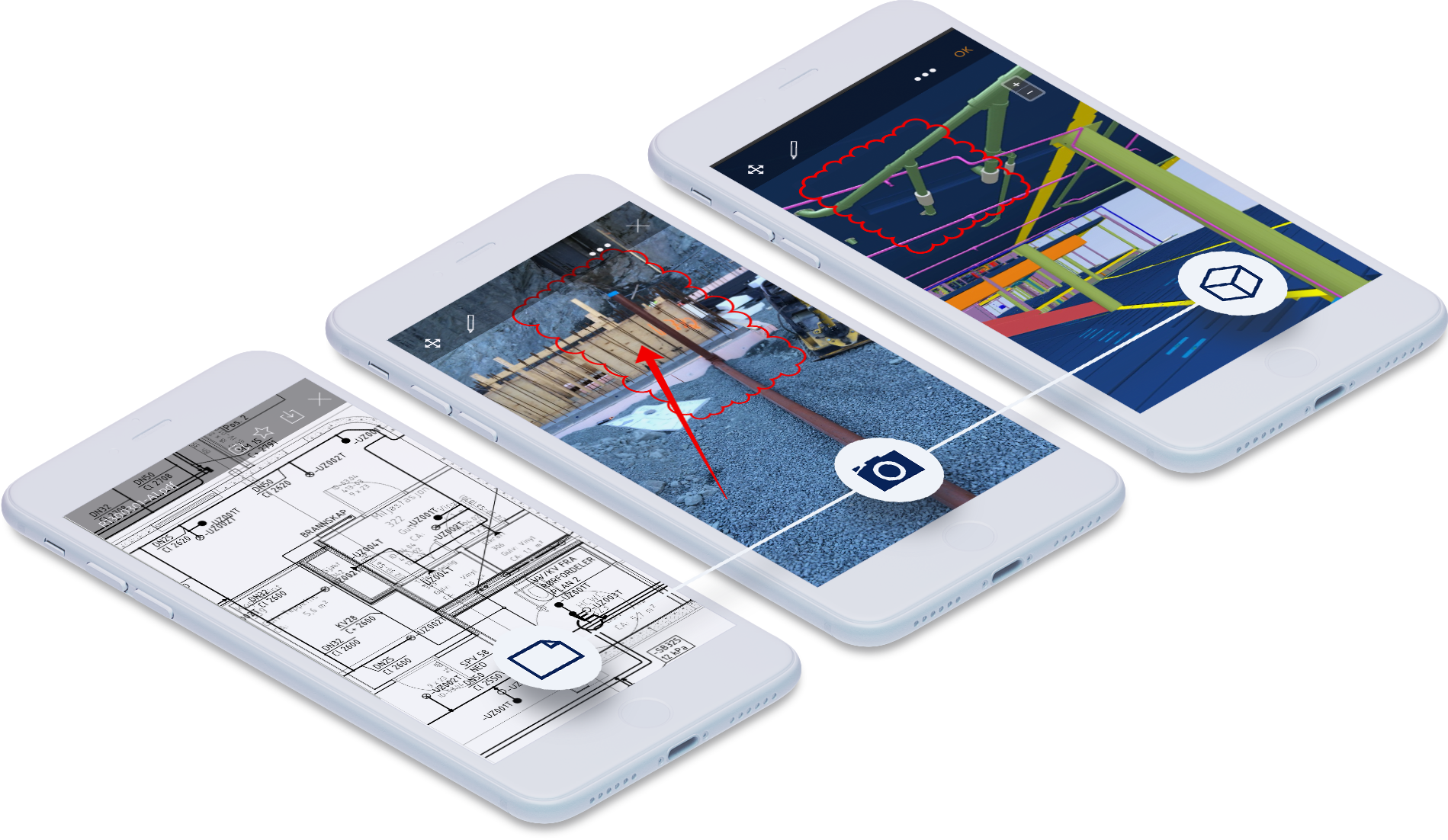#4 - Offline BIM : The new government quarter in Oslo, Norway
In yet another much requested presentation from the 2025 edition of StreamBIM Day Stockholm, in presentation #4 we’ll learn more about how high-security projects are run using offline BIM, in an on-premise installation of StreamBIM.
Morten M. Ræder, Associate Partner and QA Manager at Nordic Office of Architecture, discusses the various aspects of how they succeeded with digital construction in the new government quarter project (‘Regjeringskvartalet’ in Norwegian, or ‘RKV’).
In an offline, on-prem project with the highest security requirements, data security is paramount. When individual stakeholders don’t know what goes on in the next room due to security restrictions, there will be increased demands on a consistent data structure to facilitate the flow of data between the data silos.

Morten M Ræder
Associate Partner and QA Manager at Nordic Office of Architecture
In a high security project where information is distributed strictly on a need-to-know basis, Morten is one of the two people who actually maintain the birds’ eye view and ensure that the data flows smoothly to where it is needed.
Recording date: 22 May 2025
Language: Norwegian
Subtitles: EN, NO, SE, JP/日本語
Main Themes and Key Points
Project Overview:
Background: The project emerged from the tragic events of July 22, 2011, when a bombing devastated the original Government Quarter.
Scope: Encompasses 9 buildings (125,000 m²) across three phases, with the first phase near completion and a budget of NOK 21.9 billion (USD 2.1 billion). Full completion is aimed for by 2030, subject to political approval.
Urban Repair: Beyond reconstruction, the project aims to revitalize central Oslo with new parks, plazas, and pedestrian spaces.
Digital & BIM Strategy:
Statsbygg’s Vision: As the public developer, Statsbygg mandated a fully digital workflow—no physical drawings, maximum use of BIM, and creation of a digital twin.
Offline BIM: Due to security needs, all BIM work occurs in a high-security, offline environment.
Security Protocols: Sensitive data is tightly controlled. Only necessary information is shared on a need-to-know basis. Tablets are wiped daily to prevent data leaks.
Organizational Structure:
Team Urbis: A joint venture of architects and engineers. Each building has its own contractor and design team, with strict compartmentalization.
BIM Coordination: Multiple levels of BIM coordination, including overarching roles to ensure consistency across silos.
Software Development: In-house developers created tailored tools to automate data handling and enforce standardization.
Technical Implementation:
Model Maturity Index (MMI): Norway’s alternative to LOD, MMI stages guide model detail and decision-making throughout the project lifecycle.
Unified Object Properties: Based on lessons from Oslo Airport, all model elements must carry standardized data for coordination, tracking, and quality assurance.
Automation & Scripting: Scripts synchronize data and Revit families across all models, ensuring consistency. A “settings model” serves as a template for all Revit configurations.
Fragmentation Handling: Autonomous sub-projects necessitate external data syncing, including to platforms like dRofus for object tracking.
Success Factors:
Cross-disciplinary Inclusion: Early involvement of fire, acoustics, and security specialists with their own BIM models proved invaluable.
Bespoke Tools: Custom Revit add-ins and backend scripts reduce manual work and improve accuracy.
Collaboration with IT: Close ties to Statsbygg’s IT department were key to enabling secure, automated workflows.
Key Takeaways:
The New Government Quarter exemplifies a secure, highly digitized construction project.
BIM is not just a modeling tool but a central process management and information security strategy.
Success hinges on standardization, automation, interdisciplinary coordination, and clearly defined workflows.
This case study showcases how digital construction and BIM can be successfully scaled for complex, high-security government projects.
The new government quarter in Oslo is a textbook example of how you do digital construction in projects with the strictest of security requirements.
If you are interested in how StreamBIM could help your sensitive or confidential projects benefit from digital construction, check out the link below, or get in touch via the contact form at the bottom of this page!




